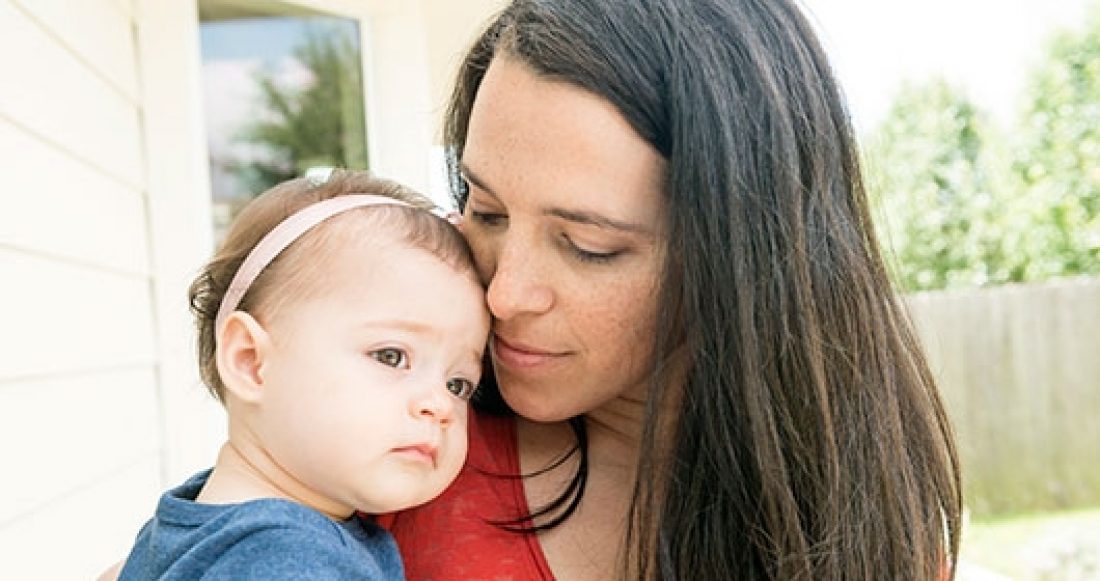Two States, Two Very Different Educational Attainment Rates

In Mississippi, just 22% of working-age residents have earned at least a bachelor’s degree. This educational attainment rate includes individuals ages 25 to 65, tying with West Virginia as the lowest in the nation.
On the other end of the spectrum: Massachusetts sits in first place, with 45% of its working-age population having earned a bachelor’s degree or higher.
These two states occupy the same first and last positions when it comes to median family income. Mississippi reports the lowest median income among households with children ($47,700) and Massachusetts reports the highest ($98,400). Nationwide, the median family income for households with children was $68,000 in 2016.

Higher levels of education open doors to a broader range of jobs that pay higher wages. Educational attainment also lowers stress, improves health and enhances an individual’s socio-emotional well-being.
Nationwide, the percentage of 25- to 34-year-olds who have earned a bachelor’s degree or higher has jumped from 30% to 33% in just six years. This trend is an encouraging one, as kids and young adults must have access to academic opportunities that can help them secure well-paying jobs as adults.
Access economic and education data on the KIDS COUNT Data Center:
- Median family income among households with children
- Children in families that receive public assistance
- Educational attainment of working age population 25 to 64
- Educational attainment of population ages 25 to 34
- Children under age 6 with all available parents in the labor force
- Children under age 6 with no parent in the labor force






